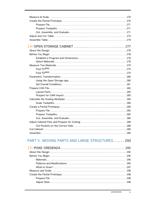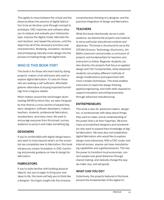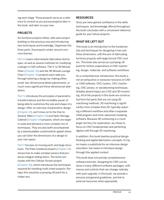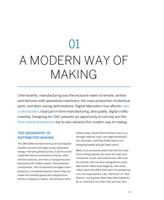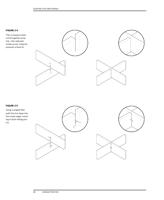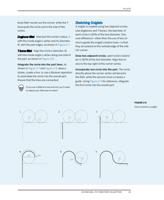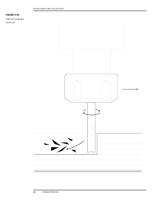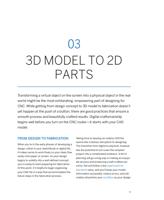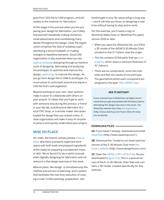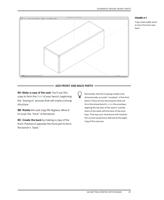
find one at 100kGarages.com (https://
100kgarages.com/).)
The implications of the new generation of CNC
tools are revolutionary. Where the second
industrial revolution centralized manufacturing
in giant factories for mass production, CNC
allows “mass customization.” It is perhaps the
best path for a return to local manufacturing
and the skilled jobs that it creates, and it opens
up a new terrain for entrepreneurship in both
design and production.
For most of the 20th century, design and pro-
duction were typically housed within the same
organization. A Model T was designed and
manufactured by Ford; Chuck Taylor sneakers
were designed and manufactured by Converse.
Over the past generation, however, industry has
been “Nikefied,” so that design and production
are often done by different organizations. Nike
sneakers, Apple iPhones, Purina Cat Chow,
Vizio televisions: all of them are designed in-
house but their production is done by outside
contractors. This raises an intriguing possibil-
ity: if the instructions for creating a product can
be conveyed through electronic files, then why
not just sell the designs and leave the fabrica-
tion to the consumer? For a smartphone, this
might be impractical, but for furniture—why
not? Some customers might want to hire a
local fabricator to implement the design out of
materials that they choose; others might be
happy with a generic implementation; while
others might prefer to make it themselves at a
local makerspace. CNC has the prospect of
radically changing how we design and make
goods.
Of course, design for CNC is slightly more com-
plicated than using a laser printer, and requires
a bit of background and practice. Both design-
ers and fabricators need to share a common
understanding of the basic tools of CNC and
their implications for the design process.
Design for CNC provides an indispensable
guide to understanding CNC in the context of
furniture. For several years, Anne and Gary
have been creating and sharing robust designs
for very cool furniture through AtFAB, their
online platform. They are in the vanguard of a
movement for “cosmopolitan locavore” pro-
duction, and this book guides readers through
the steps to understanding CNC, implementing
simple designs, customizing for their own
applications, and ultimately designing on their
own. Designers, fabricators, and entrepreneurs
will all benefit from this clearly written guide.
Makers of the world: get to it!
—Jerry Davis, Wilbur K. Pierpont Collegiate Pro-
fessor of Management at the University of Mich-
igan’s Ross School of Business, and author of
The Vanishing American Corporation: Navigat-
ing the Hazards of a New Economy
xiv
DESIGN FOR CNC













